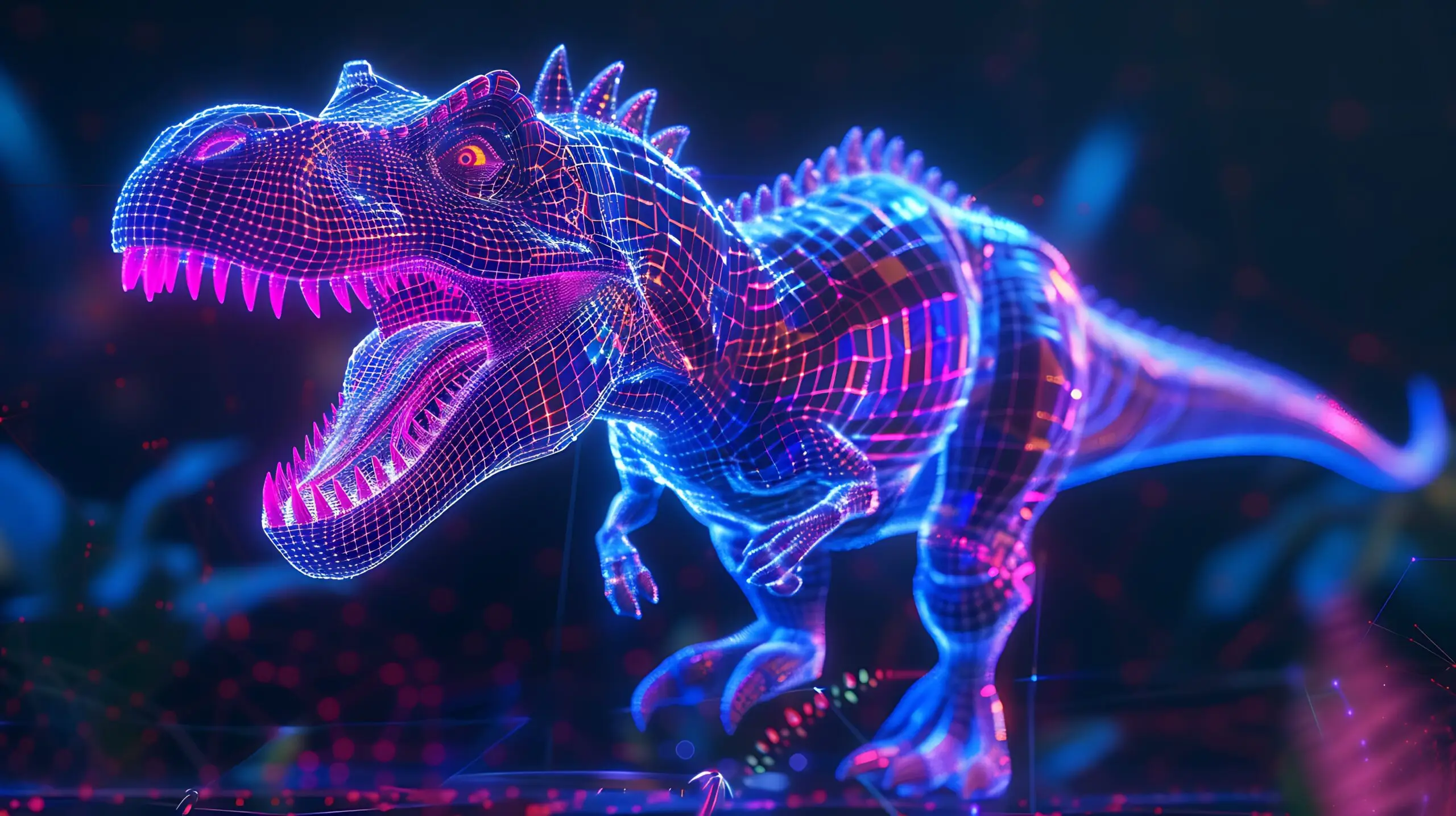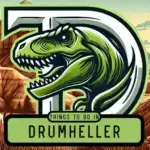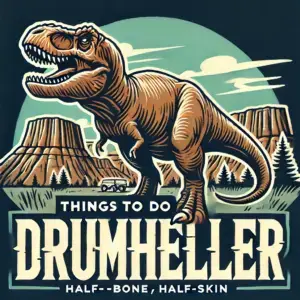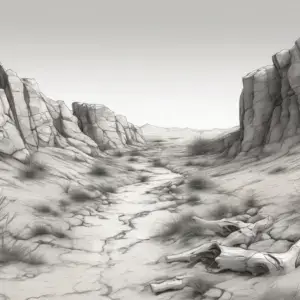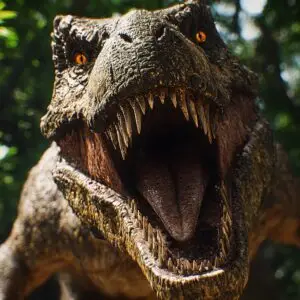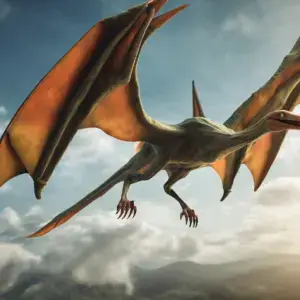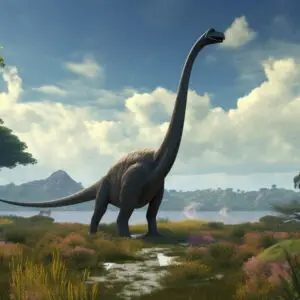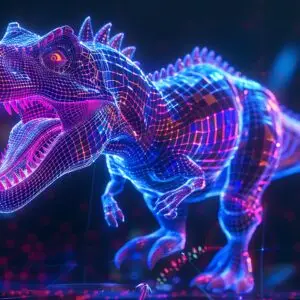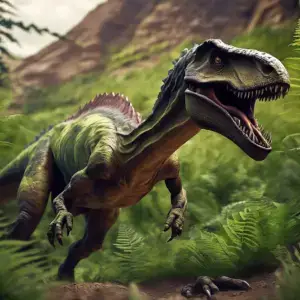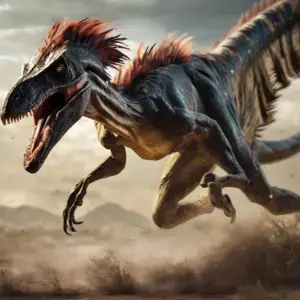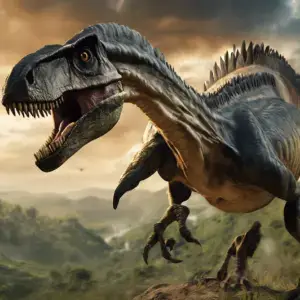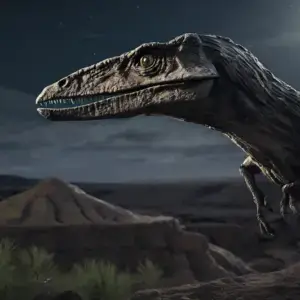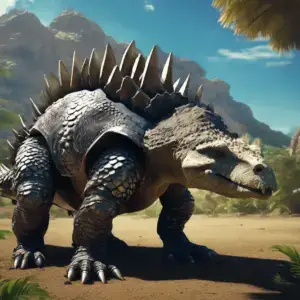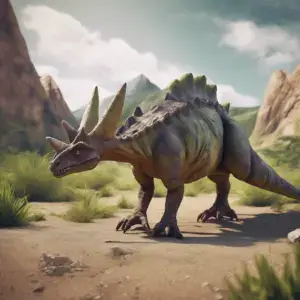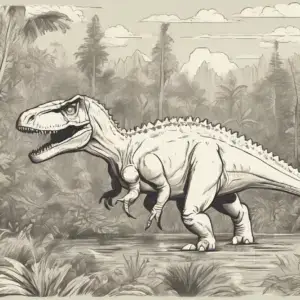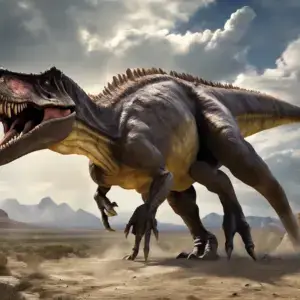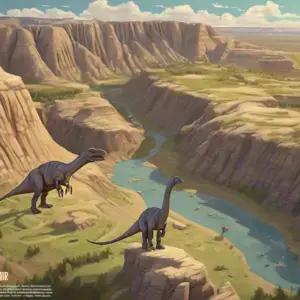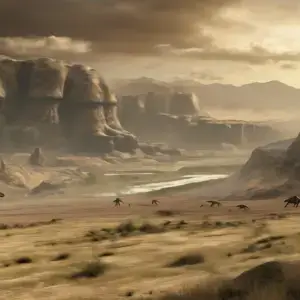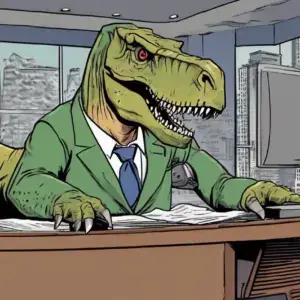How Pterodactyls Taught Us to Fly
A Sky of Shadows and Legends
Picture a sky sixty-six million years ago, not blue but bruised with volcanic ash, streaked by the shadows of wings that spanned ten meters. Pterodactyls—those leathery, soaring legends—weren’t dinosaurs but their cousins, pterosaurs, ruling the Mesozoic skies. Their name means “winged finger,” but there’s nothing delicate about them. These creatures seduced the air, riding thermals with a grace that makes modern jets seem clumsy. How did they do it? Their flight mechanics, a blend of biology and physics, whisper secrets that still shape our dreams of flight. Let’s unravel their artistry, from hollow bones to muscled wings, and see how these ancient aviators inspired humanity’s leap into the clouds.
Winged Fingers: The Basics
Pterodactyls, or more accurately pterosaurs like Pterodactylus antiquus, weren’t flapping like sparrows. Their wings were membranes—skin stretched over elongated finger bones, flexible yet tough, like living kites. Fossils from Germany’s Solnhofen limestone, pristine as a snapshot, show wings spanning from one to ten meters in larger species like Quetzalcoatlus. These weren’t just sails catching wind. The membrane, called the patagium, was layered with muscle fibers and blood vessels, letting them adjust tension mid-flight. Think of a hang-glider tweaking its shape to dodge turbulence. Pterodactyls did that instinctively.
Hollow Bones and Muscled Frames
Their bones were the real trick. Hollow, like a bird’s, but lighter—air sacs woven through, reducing weight without sacrificing strength. A Pteranodon skull, long as a man’s arm, weighed less than a kilogram. That’s engineering nature spent millions of years perfecting. These bones anchored massive flight muscles, especially the pectoralis major, which powered downstrokes. Unlike birds, pterosaurs had a unique bone, the pteroid, jutting from the wrist.
The Propatagium Advantage
The pteroid supported a smaller front membrane, the propatagium, acting like a plane’s leading-edge flap, tweaking airflow for precision turns.
Aerodynamics in Motion
Pterosaur wings had a high aspect ratio—long and narrow, like a glider’s. This cut drag, letting them soar for hours on thermals, those warm air columns rising from heated earth. Fossils suggest they launched by vaulting off all fours, using strong hindlimbs and clawed fingers to leap, wings snapping open like parachutes. Once airborne, they didn’t flap constantly. Studies, like those from the University of Bristol in 2023, model their glide ratios at 10:1—travel ten meters forward for every meter dropped. Compare that to an albatross, today’s gliding champ, at 20:1. Not bad for a creature older than time.
Flight Intelligence and Balance
Stalling’s key. Unlike birds, pterosaurs didn’t dive recklessly. Fossils show no broken wing bones, suggesting they mastered controlled stalls—slowing mid-air, hovering briefly to snatch prey. This needed brainpower. Their skulls reveal large optic lobes, sharp eyes tracking movement, and a cerebellum tuned for balance. Not Einstein, but smarter than your average lizard. They read the wind like sailors, sensing shifts in pressure through sensory pits on their snouts, not unlike a plane’s pitot tubes.
Evolutionary Path to the Sky
Go back 230 million years to the Triassic. Early pterosaurs, like Scleromochlus, were small, ground-dwelling reptiles, maybe leaping for insects. Natural selection favored longer arms, stretched skin, eventually wings. By the Jurassic, Pterodactylus was soaring over lagoons, while Cretaceous giants like Quetzalcoatlus rode thermals over inland seas. Their diversity was wild—some, like Tapejara, had crests like sails, likely for display or steering. Others, Anhanguera, fished like pelicans, throat pouches scooping prey. Each adapted to its niche, wings shaped by wind and want.
Humanity’s Debt to Pterosaurs
Early flight pioneers—da Vinci, the Wright brothers—dreamed of wings like these. Leonardo’s sketches, circa 1500, mimic bat-like membranes, a nod to pterosaur-like designs. The Wrights’ 1903 Flyer used wing-warping for control, echoing how pterosaurs adjusted their patagium. Modern hang-gliders and paragliders owe their glide ratios to pterosaur-inspired aerodynamics. Even drones, with their lightweight frames and adjustable flaps, borrow from these ancient fliers.
Freedom, Colour, and Spirit
Beyond mechanics, they symbolized freedom. Fossils from Brazil’s Araripe Basin show them fossilized mid-flight, wings spread, as if refusing to land even in death. That’s poetry, not just science. Their colours—guessed from melanosome traces—might’ve been vibrant, reds and blues flashing in courtship dives. Imagine a Pteranodon banking over a sunset, crest glowing like a beacon.
Fossil Evidence and Modern Science
Fossils are rare—soft tissues like wing membranes decay fast. We rely on exceptional sites, like China’s Jehol Biota, for clues. Reconstructions lean on computer models, but wind tunnels and 3D-printed wings help. A 2025 paper from MIT tested pterosaur flapping efficiency, suggesting they could sustain flight longer than thought, maybe crossing seas. Yet debates linger—were they warm-blooded? Likely, given their active lifestyles, but not as hot as birds.
Extinction and Legacy
Their end came with the Chicxulub asteroid. Skies darkened, thermals vanished, and food—fish, small reptiles—plummeted. Smaller pterosaurs might’ve scavenged longer, but giants like Quetzalcoatlus starved. Yet their legacy flies on. Birds, their closest kin, inherited air sacs and hollow bones. An eagle’s soar, a hummingbird’s hover—echoes of pterodactyls. Even our planes, slicing clouds, carry their ghost.
Why Pterosaurs Matter Today
Climate’s shifting, skies changing. Pterosaurs adapted to volatile worlds—warming seas, cooling continents. Their air sacs let them breathe thin air at altitude, a trick we might mimic for high-altitude drones. Their extinction warns us: even masters of the sky can fall. Conservation matters—birds, their descendants, face habitat loss. Protect them, and we honor pterosaurs.
Personal Connection
Ever seen a fossil up close? In Drumheller, Alberta, the Royal Tyrrell Museum has pterosaur casts, wings frozen in stone. Touching them feels like touching time. Books like Pterosaurs by Mark Witton dive deep, blending art and science. Or try BBC’s Flying Monsters for visuals that make your heart race. Future tech—maybe we’ll 3D-print a pterosaur, fly it remotely, feel its wings cut the air. For now, watch a hawk circle. That’s their spirit, still flirting with the sky.
